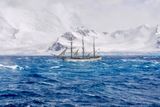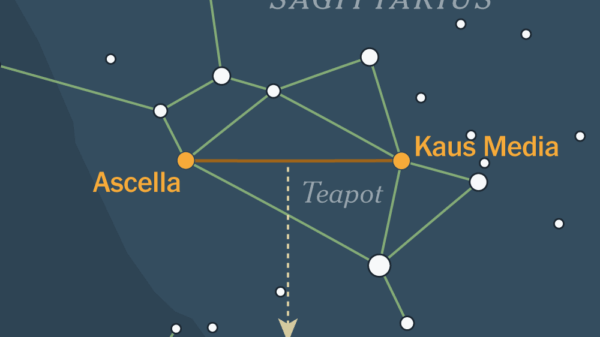The tragic fate of the ship Endurance, which sank in 1915 while trapped in Antarctic ice, may have been sealed before it even set sail. Research led by polar explorer and scientist Jukka Tuhkuri has uncovered that construction flaws in the vessel’s hull likely contributed to its demise. His findings were published in the journal Polar Record, suggesting that Sir Ernest Shackleton, the ship’s owner and expedition leader, might have been aware of these limitations prior to embarking on the ambitious journey.
Revisiting the Endurance Expedition
The Endurance set off in January 1914 with the goal of achieving the first-ever crossing of the Antarctic continent. However, the ship became immobilized after losing its rudder and was ultimately crushed by pack ice in the Weddell Sea. It remained undiscovered for over a century due to the dense sea ice that covered the site. In 2022, the wreck was located nearly 10,000 feet below the surface, remarkably preserved and recognized as a protected historic monument.
Seizing the opportunity to investigate, Tuhkuri, a professor of solid mechanics at Aalto University in Finland, analyzed historical expedition diaries, Shackleton’s correspondence, and naval architectural assessments of the ship. His research revealed critical insights into the Endurance‘s structural shortcomings.
Structural Flaws and Design Limitations
Tuhkuri’s analysis indicates that the Endurance was not adequately designed for the harsh conditions it faced in the Antarctic. He stated, “Even simple structural analysis shows that the ship was not designed for the compressive pack ice conditions that eventually sank it.”
His examination of the vessel, along with comparisons to other polar ships of the era, highlighted several deficiencies. “The deck beams and frames were weaker, the machine compartment was longer—resulting in significant hull weakness—and there were no diagonal beams to provide extra support,” Tuhkuri explained. This challenges the prevailing narrative that the ship was the strongest of its time and complicates the simplistic belief that the rudder’s failure was the sole cause of its sinking.
While initial damage to the keel was a contributing factor, Tuhkuri emphasizes that the true failure lay in the ship’s inability to withstand the immense compressive forces exerted by the Antarctic ice.
Shackleton’s Awareness of the Ship’s Limitations
Tuhkuri raised questions about why Shackleton chose a vessel that lacked the necessary reinforcements for navigating compressive ice. He noted that the dangers associated with such conditions were well understood prior to the expedition. Shackleton himself acknowledged the ship’s limitations in correspondence with his wife, expressing a preference for a vessel from previous voyages.
In a letter, Shackleton mentioned recommending diagonal beams for another ship while visiting a Norwegian shipyard. Tuhkuri pointed out that this alternative vessel successfully endured similar harsh conditions. While it appears Shackleton was aware of the Endurance‘s vulnerabilities, it remains uncertain whether financial pressures or time constraints influenced his decision-making.
Tuhkuri concluded, “We may never know why Shackleton made the choices that he made. At least now we have more concrete findings to flesh out the stories.”
The Endurance may not have survived the brutal Antarctic ice, but under Shackleton’s exceptional leadership, its crew persevered, creating a legacy that continues to resonate as a defining moment of the Heroic Age of Antarctic Exploration.

































































